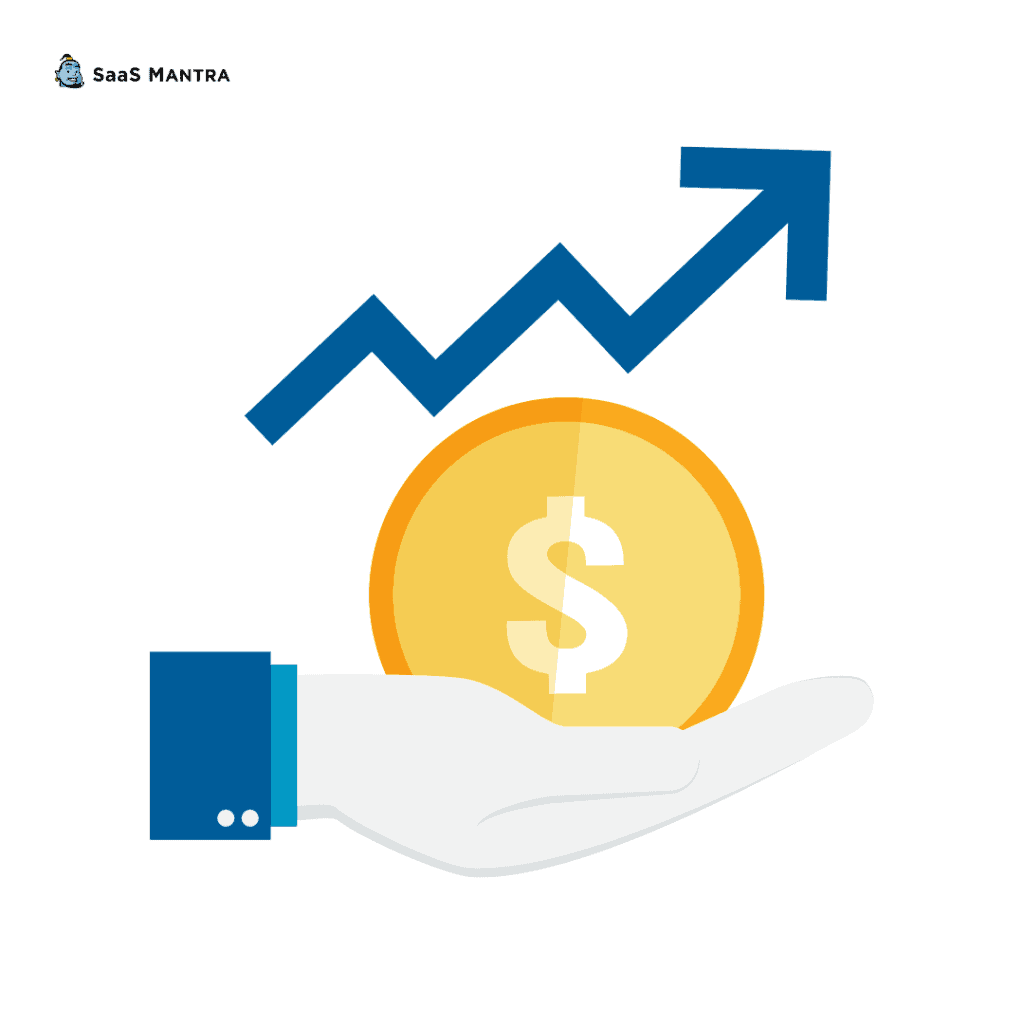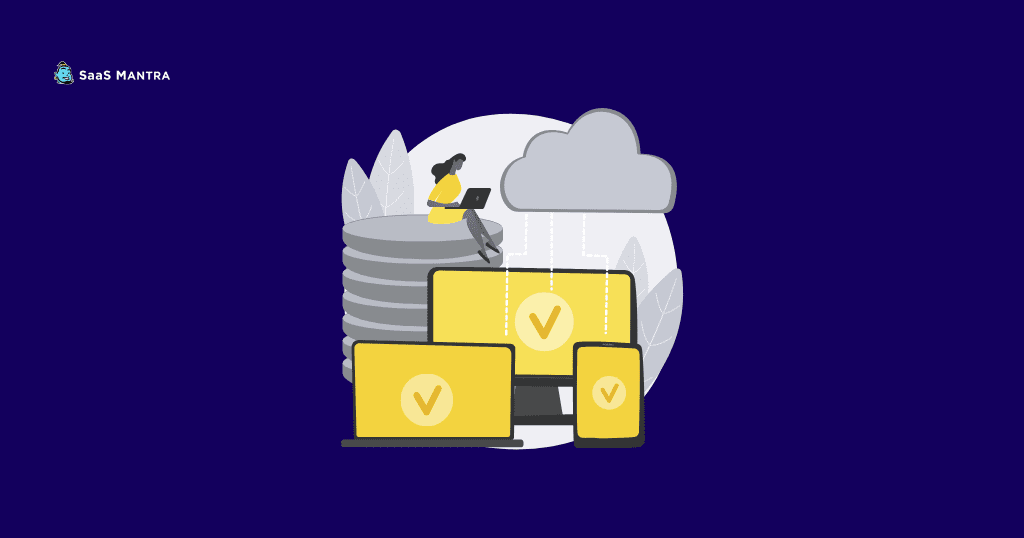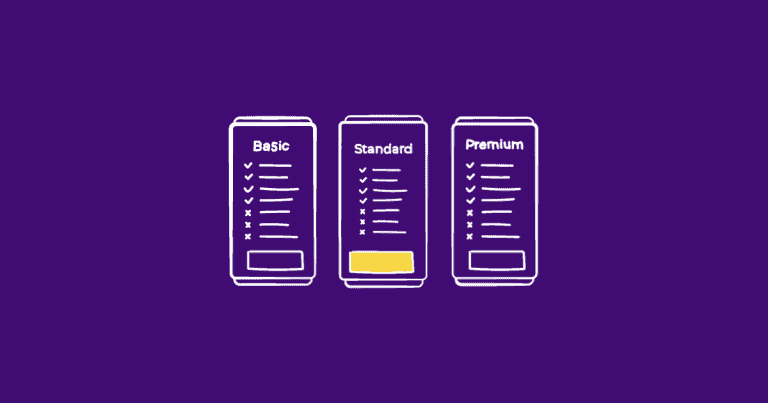Everything You Need To Know About SaaS Valuation!
SaaS valuation is the process of determining the value of a business based on its revenue stream, customer base, growth rate, and other metrics.
The basic premise behind SaaS valuations is to determine whether or not a startup has reached profitability and is able to sustain itself into the future.
If these two conditions are met, investors should see the potential to generate significant returns over time.
Why is SaaS Valuation Important?
Are you looking for ways to increase the value of your SaaS business?
There are multiple valuation methods available that you should consider before investing. What makes SaaS valuations unique?
If you’re thinking about starting a new venture or selling your existing business, you might want to get some guidance from professionals who have experience running similar companies.
In order to determine the value of your startup, you will need to calculate three key numbers: revenue, profit margin, and growth rate.
While determining your revenue can be tricky, calculating your profits and growth rate isn’t too complex.
3 Reasons Why SaaS Valuations Matter:
- It helps you get investors
- It can see as a benchmark for progress
- It helps you plan your exit strategy
SaaS Valuation Multiples
A SaaS valuation multiple is a way to calculate the value of a SaaS business using its revenue and growth rate. This calculation helps determine whether investing in a startup is worthwhile.
Long-term Profitability
It’s probably the most important factor affecting your SaaS valuation multiples.
As your SaaS business becomes more profitable, its valuation multiples will increase. This is because investors look for businesses that can generate high levels of profit in the long term.

Long-term growth requires keeping your customers satisfied and maintaining their loyalty for as long as possible.
This is why SaaS companies with a strong customer retention rate are often worth more than those who don’t.
Hence, your SaaS business’ profitability will impact its valuation multiple in the future, too.
If you’re not currently profitable, but have a good plan for becoming profitable soon, then your SaaS valuation multiples will be lower than they could be.
That’s one reason why your SaaS company valuation multiples will be heavily affected by these financial SaaS metrics ⬇
- Customer churn rate
- ARR growth rate
- Revenue churn rate
- Annual recurring revenue (ARR)
- Customer acquisition cost (CAC)
- Customer lifetime value (CLV)
- Gross margin
- CLV/CAC ratio
Growth Potential
Investors are also interested in SaaS startups that have lots of growth potential. They’re looking for evidence that your business is expanding rapidly and that there’s a huge demand for your products or services.
As your business grows faster, its valuation multiple will increase. To figure out your SaaS business’ growth potential, you first need to look at your:
- Serviceable available market (SAM)
- Total addressable market (TAM)
- Competition
- Market Share
As your SAM, TAM, or customer base is high enough, and your competitors are low enough, then your SaaS business has a good chance at growing quickly.
SaaS Valuation Methods
Valuing SaaS startups can be tricky because they are highly dependent on customer adoption. There are several methods to determine their worth, such as discounted cash flow analysis, enterprise value, and multiple regression analysis.
How much should SaaS startups charge their customers? And how does the pricing model affect valuation?
There are three main types of SaaS models: freemium, pay-per-user (PPU), and subscription. Each has its pros and cons, so knowing the differences between them can help you choose the right pricing point.
You may want to consider charging less at the beginning because you don’t want to scare away potential customers.
However, once you start seeing growth, you might want to raise prices to increase revenue. The key to successful pricing decisions is understanding the value proposition behind each type of model.
Wrapping Up
It’s important to have SaaS valuation data because it helps business owners, potential buyers, and management teams understand the value of your SaaS business.
Regardless of which end of the negotiating table you are at, you must understand the true value of a business.
Without this knowledge, you could end up buying investments or selling at a price way below what you’re truly worth.
FAQs
1. What is the rule of 40 SaaS?
The Rule of 40 SaaS is a marketing strategy designed to maximize the effectiveness of customer acquisition through social media channels.
By applying the rule to social media channels, marketers can focus their energy on growing their top accounts instead of wasting resources chasing low-quality leads.
2. How is SaaS Valuation calculated?
When calculating SaaS valuations, investors consider several metrics, including annual recurring revenue (ARR), income, EBITDA-based valuation, SDE-based valuation, NRR, gross margin, growth rate, revenue retention, etc.
3. How do you value your early-stage SaaS business?
To value your early-stage B2B, you need to determine its growth potential, return on investment (ROI), and net present value (NPV).






